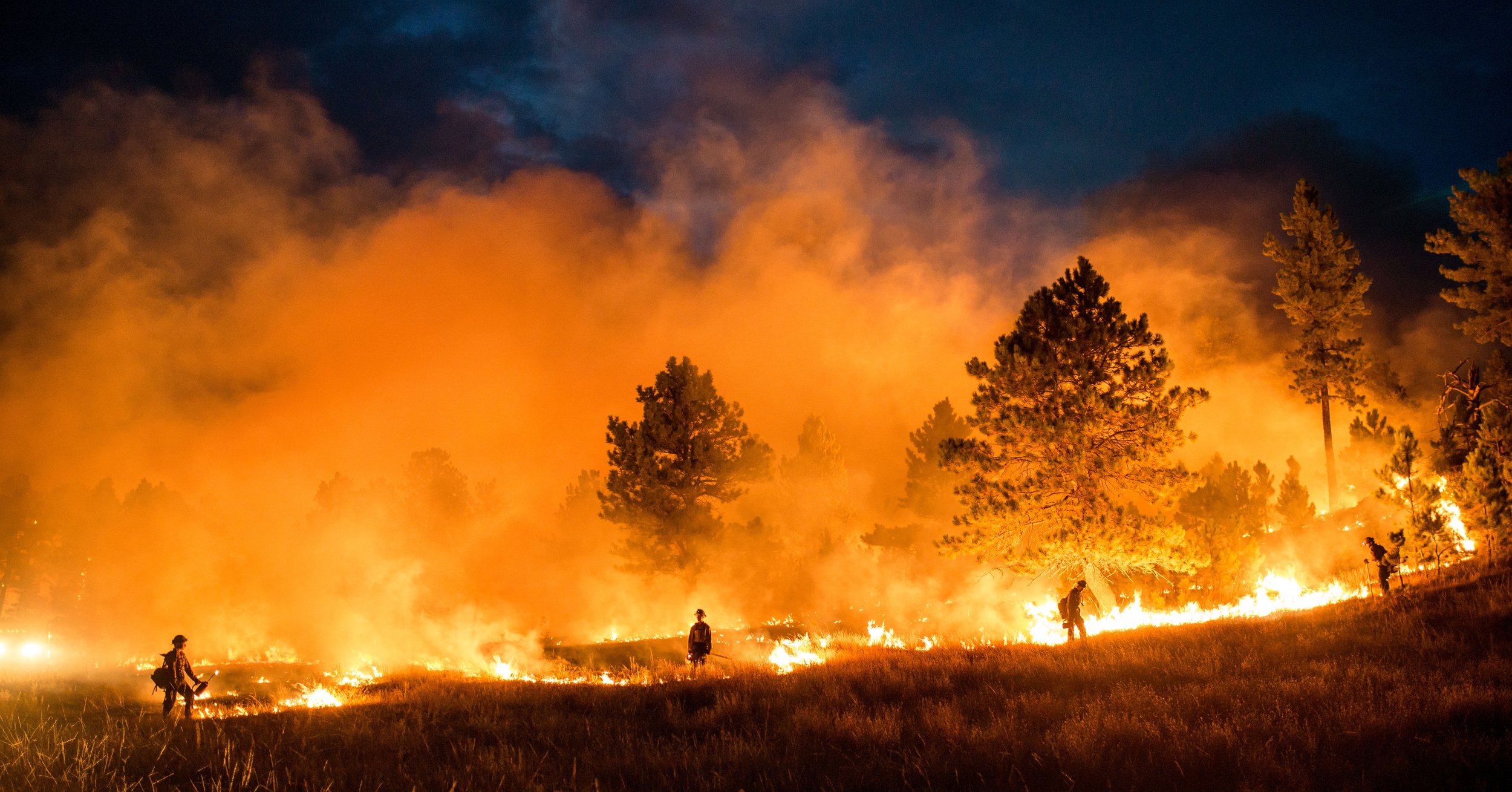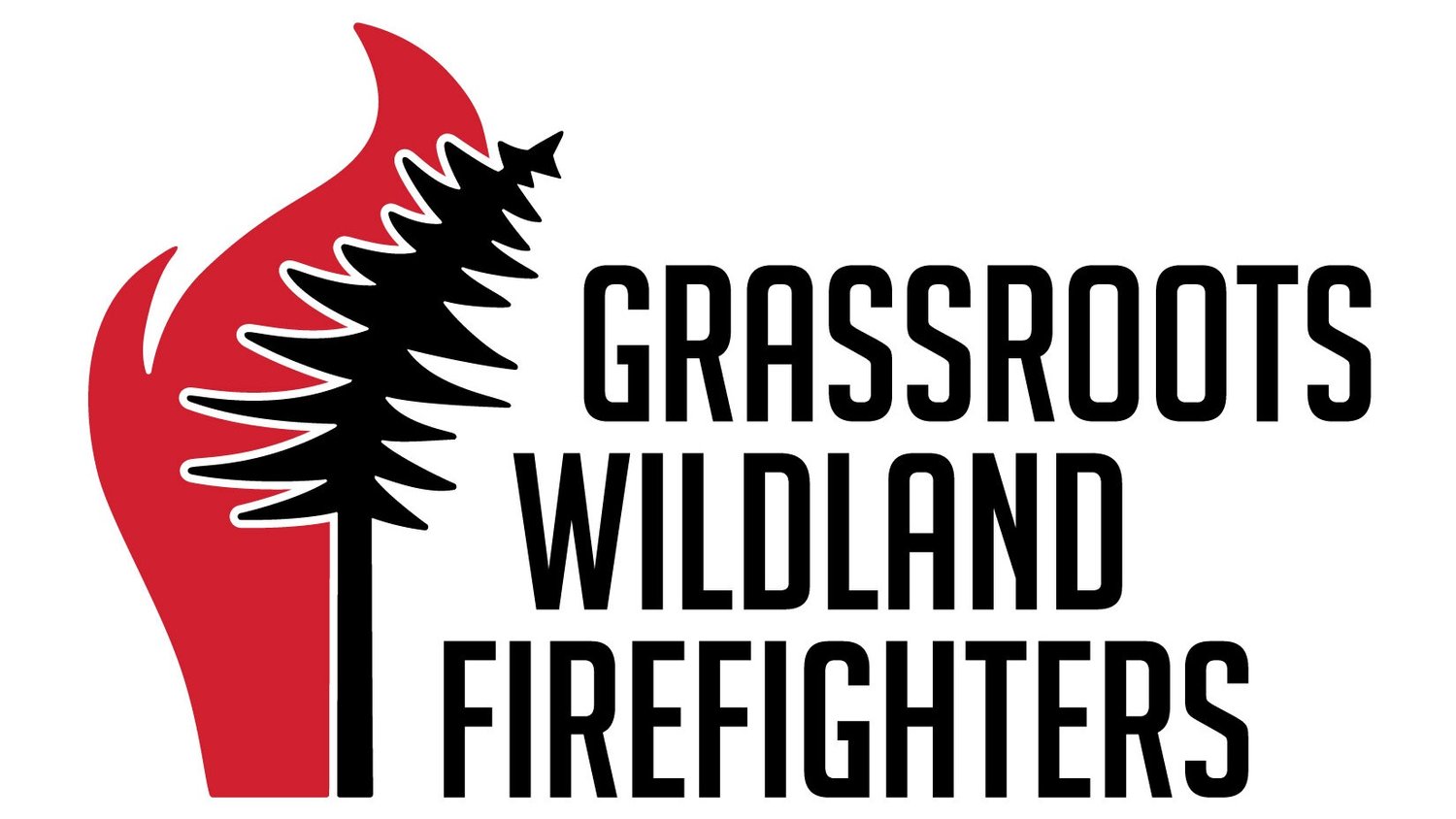
(Mis)Classification
Wildland Firefighters such as Hotshots, Smokejumpers, Rappellers, Helitack Crews, Fire Engine Crews and others are actually titled as “Forestry Technicians” and the 2-page job classification document does not mention the word “fire” once. Curiously, the Bureau of Labor Statistics states that wildland firefighters are a “specialized type of firefighter.”
This is nothing new: Look back at 1991 here!
The Forestry Technician job title and series was implemented into written policy during the early 1970’s as a utility position that would allow the United States Forest Service to accomplish its dynamic and diverse land management mission with a single and primarily seasonal workforce. This utility player purpose was echoed in the early versions of the forestry technician position description (PD) 1. A Forestry Technician was expected to contribute to a multitude of project areas, including periodic and need based implementation as fire suppression “militia”. These positions were originally intended to establish a workforce that could aid forest service leadership in accomplishing holistic ecosystem management without being limited by title specificity.
Forestry Technicians were included in OPM’s 1991 job series update and continued under the classification that we are currently familiar with, GS-0462.1 At this time the position description of these employees remained unchanged, as did their intended purpose. During the 90’s, only 16% of the USFS budget went to fire suppression (2). If this is an indicator of what the agency was up to, it made perfect sense at that time to leave the Forestry Technician position description as it was.
The next two decades brought massive growth in wildfire management activity and cost as the repercussions of a full suppression ethic, unbridled WUI expansion, and apparent climate change manifested (3). Recent projections forecast suppression activities to take up 67% of the USFS budget in 2021 (2). The increasing occurrence of high consequence wildfires exposed an equally growing need for personnel with the primary directive of fire suppression within the Forest Service. This fell on the bulk of the USFS workforce, the Forestry Technicians. Currently, there are 196 sub-categories within the GS-0462 series who qualify for firefighter retirement and are described as Interagency Fire Program Management positions primarily tasked with some sort of fire suppression or adjacent duties (4).
The Forestry Technician job series was implemented to avoid over specialization of the workforce and maintain mission alignment as a land management agency. However, in an era of multi-billion-dollar fire seasons land management agencies have strayed far from that ideal. This comes at the detriment to both fire personnel who feel under-compensated and the essential non-fire federal land management project areas that still need access to an adequate workforce not constantly preoccupied with fire suppression, hazardous fuels reduction, and off-season fire specific training.
The federal government land management agencies currently sponsor the largest fire organization in the world. As such, the structure, training, qualifications, positions, and duties performed by the forestry technicians that staff this organization closely mirror that of a clearly defined fire suppression organization. However, our history reminds us that federal firefighters are intended to be more than just suppression specialists. They have made a clear choice to be a part of an organization with a mission that goes beyond simply suppressing fire.
Ideally during periods of low fire risk, federal firefighters will still serve an important role in the accomplishment of their agency’s mission by performing non-suppression land management tasks. This crossover is often cited by suppression personnel as a highly rewarding element of their job. Unfortunately, as fire seasons become more demanding on all fronts, the ability for program integration is made more and more difficult. The inability of federal firefighters to contribute elsewhere is exacerbated even more by current retention issues and vacancy rates. The four pillars being offered by GRWFF serve to reconcile the dynamic tension of the Forestry Technicians and the land management agencies that employ them. By accurately classifying federal fire personnel and compensating them adequately, we achieve the goal of increasing employee retention and reducing vacancy rates. Implementation of these pillars would allow federal firefighters to continue to contribute to a role that goes beyond just fire suppression, a role many take great pride in. A role best accomplished by both accurately identified federal firefighters, and an expanded land management workforce staffed by employees who are not continually obligated to fire management specific objectives.
U.S. Office of Personnel Management. December 1991. Position Classification Flysheet for Forestry Technician, GS-0462. Retrieved May, 2019 from https://www.opm.gov/policy-data-oversight/classification-qualifications/classifying-general-schedule-positions/standards/0400/gs0462.pdf
United States Department of Agriculture, USFS. 2017. Cost of Fire Operations. Retrieved May, 2019 from https://www.fs.fed.us/about-agency/budget-performance/cost-fire-operations
Withen, P., Campbell, R., and Levenstein, C. 2015. Climate Change and Wildland Firefighter Health and Safety. NEW SOLUTIONS: A Journal of Environmental and Occupational Health Policy, 4:577-584.
United States Department of Agriculture, USFS, Human Resource Management. Position Description Search.

